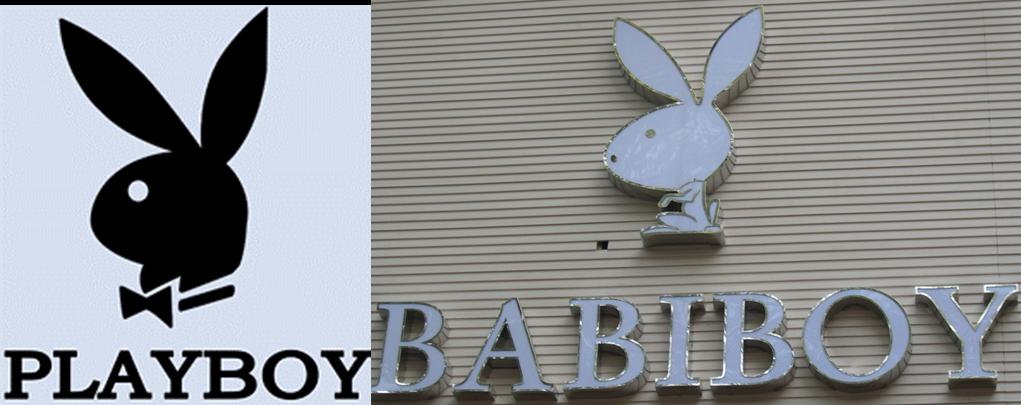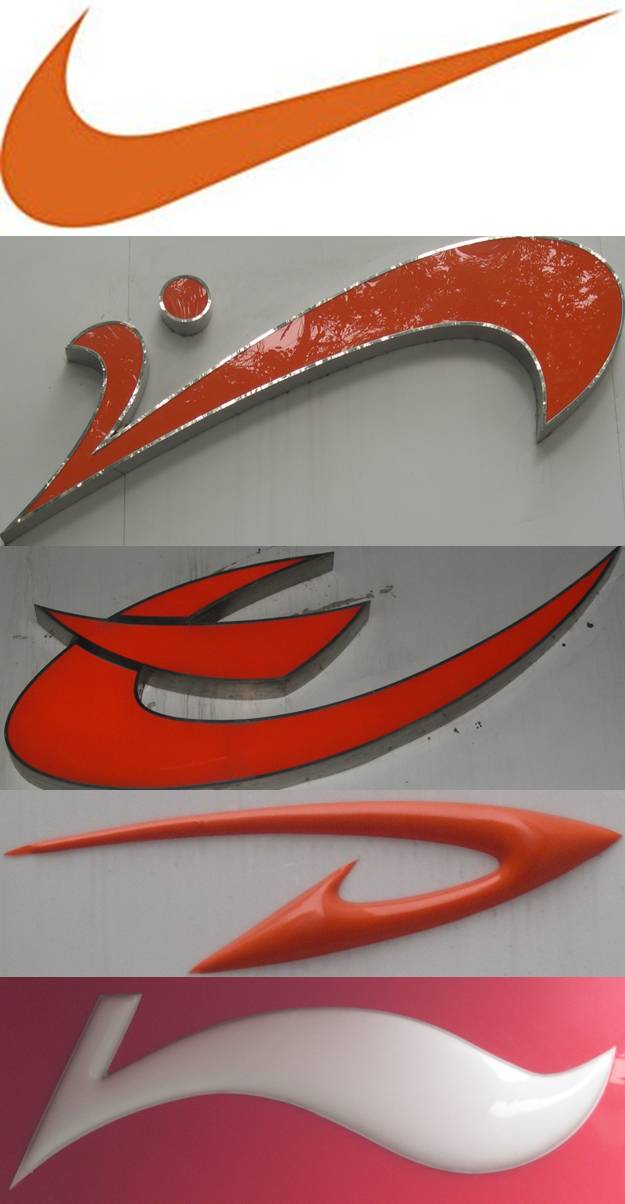Entries by Michael Atkins (1064)
Priority Evidence Insufficient to Support Hana Bank's Summary Judgment Win
The Central District of California granted summary judgment against Hana Financial, Inc., in its trademark infringement suit against Hana Bank.
It did so based on an advertisement that Hana Bank produced that predated Hana Financial’s first use by a year.
The Ninth Circuit, however, decided that ad was not sufficient to establish first use in commerce.
“While relevant,” the court found, the advertisement does not, standing alone, establish ‘first use’ for purposes of our priority analysis.”
The court went on to find: “Recognizing that the advertisement itself was insufficient, Hana Bank attempted to meet its burden to show that the ‘Hana’ mark was sufficiently used in United States commerce by presenting customer applications, newsletters bearing the ‘Hana’ mark, and documents that purport to show that services were available to its Hana Overseas Club members in July 1994 and the amount of business these customers transacted over the years. Although this evidence is relevant to the determination of whether Hana Bank’s use of the ‘Hana’ mark in 1994 was sufficient to establish commercial use in the United States, it is either subject to competing inferences or inadmissible. For example, Hana Bank only provided one customer application from a customer in the United States that is dated before Hana Financial’s registration date. That application, however, is subject to the inference that the customer actually resided in Korea. Further, Hana Bank failed to provide the proper foundation for admission of many of its supporting documents as business records. Accordingly, these documents constitute inadmissible hearsay and may not b relied on at summary judgment.
“After disregarding the inadmissible documents and the portions of the declarations referring to those documents and viewing the remaining evidence in the light most favorable to Hana Financial, we hold that genuine issues of material fact remain. These issues include the number of customers Hana Bank had in the United States, when Hana Bank began providing services to those customers, and how much business these customers transacted over the years. Nor can Hana Bank meet its burden to show the absence of any triable issue on these points by reference to the general, uncorroborated statements contained in many of its declarations. Accordingly, we conclude that, on this record, Hana Bank has failed to establish its priority over use of the ‘Hana’ mark as a matter of law and we remand for trial.”
The case cite is Hana Financial, Inc. v. Hana Bank, 2010 WL 3937582, No. 08-55243, 08-55244, (9th Cir. Oct. 4, 2010).
Ninth Circuit Affirms Dismissal of Seattle Law Firm's Cybersquatting Case
Interesting contrast to yesterday’s post.
Both cases involved a Web developer who believed he was owed money, and when the money wasn’t forthcoming, took the Web site offline.
The plaintiff won the suit that followed in DSPT Int’l, Inc. v. Nahum.
Not so in today’s case, The Christensen Firm v. Chameleon Data Corp.
In 2008, the Western District dismissed the Seattle law firm’s cybersquatting claim against the contractor on summary judgment on the ground the four domain names at issue (thechristensenfirm.com, thechristensenfirm.net, christensenfirm.com, and cc-lawfirm.com) were either generic (cc-lawfirm) or descriptive (The Christensen Firm) without the requisite showing of secondary meaning. (STL posts here and here.)
On Oct. 8 — the date I left for my trip (sorry, I’m still catching up) — the Ninth Circuit affirmed the finding in summary fashion. The bulk of the opinion is below.
“The Christensen Firm did not present sufficient evidence of secondary meaning of its domain names,” the court concluded. “The Christensen Firm’s evidence of third-party registrations of similar marks did not identify the goods or services associated with the similar marks or the basis for their registration. The Law Firm also didn’t present evidence that anyone in the relevant class of consumers ascribed any meaning to ‘cc’ other than ‘Colleen Christensen.’ The district court otherwise properly ruled that the defendants were entitled to summary judgment.”
On plaintiff’s conversion claim, the court again found the law did not support a recovery.
“The damages presented were the fees The Christensen Firm could have generated had its energies not been devoted to this case. These damages were essentially the attorneys’ fees a non-lawyer would have expended to litigate the action. Under Washington law, such attorneys’ fees are not recoverable. Other evidence of damages and the possibility of injunctive relief were not fairly presented in opposition to the defendants’ motion for judgment as a matter of law.”
The case cite is The Christensen Firm v. Chameleon Data Corp., 2010 WL 3938270, No. 08-35624 (9th Cir.) (Oct. 8, 2010).
Bad Faith Intent to Profit After Innocent Registration Constitutes Cybersquatting
“Even if a domain name was put up innocently and used properly for years, a person is liable under 15 U.S.C. § 1125(d) if he subsequently uses the domain name with a bad faith intent to profit from the protected mark by holding the domain name for ransom.”
The Ninth Circuit decided this proposition last week in DSPT Int’l, Inc. v. Nahum.
The plaintiff is a men’s fashion designer. Its founder, Paolo Dorigo, worked with his then friend, defendant Lucky Nahum, to develop a Web site for DSPT. Eventually, their friendship soured, DSPT did not renew Mr. Nahum’s contract, and Mr. Nahum joined a competitor.
Soon thereafter, DSPT’s Web site disappeared. If a customer typed the URL into his or her browser, all he or she would find was a screen saying “All fashion related questions to be referred to Lucky Nahum at: lnahum@yahoo.com.” Mr. Nahum explained to his new boss that “he had inserted that sentence in order to get [one of DSPT’s brands] to pay him funds that were due to him.”
DSPT repeatedly but unsuccessfully asked Nahum to give its Web site back. It ultimately filed suit against Mr. Nahum in the Central District of California for cybersquatting, among other Lanham Act claims. Mr. Nahum counterclaimed for an amount he alleged was still owing him under the parties’ contract.
A jury found for DSPT on its cybersquatting claim, awarded it $152k, and denied Mr. Nahum’s counterclaim.
Mr. Nahum appealed, arguing that he only used DSPT’s mark to gain leverage over DSPT in bargaining for money he claimed he was owed. In other words, he said he did not register the domain name in bad faith; he only used DSPT’s domain name to get what he was entitled to.
The Ninth Circuit rejected his argument and affirmed the jury’s award.
“His arguments are not implausible,” the court found, “but we conclude that they are mistaken. True, the statute was intended to prevent cybersquatters from registering well-known brand names as internet domain names in order to make the trademark owners buy the ability to do business under their own names.”
It concluded that “[t]he statute, like so many, is written more broadly than what may have been the political catalyst that got it passed. As in Bosley Medical Institute v. Kremer, [3 F.3d 672, 680-81 (9th Cir. 2005)], we conclude that the words of the statute are broader than this political stimulus that led to its enactment. Though there was no evidence of anything wrong with Nahum’s registration of the domain name to himself, the evidence supported a verdict that Nahum subsequently, years later, used the domain name to get leverage for his claim for commissions. The statute says ‘registers, traffics in, or uses,’ with ‘or’ between the terms, so use alone is enough to support a verdict, even in the absence of violative registration or trafficking.”
The case cite is DSPT Int’l, Inc. v. Nahum, __ F.3d. __, 2010 WL 4227883, No. 08-55062 (Oct. 27, 2010).
STL on Infringement Safari: China, Part 3
Hey, they keep me entertained, but enough’s enough.
So here’s the final installment of STL’s “infringement safari” from my trip to China. (Catch up with Part 1 and Part 2)
Today’s theme is coffee.
Here’s the logo from Seattle’s Tully’s Coffee and an admirer from Beijing:
 Seattle’s Tully’s Coffee; Beijing’s Tully Coffee
Seattle’s Tully’s Coffee; Beijing’s Tully Coffee
Ok, law school exam time. Is it trademark infringement if a real company adopts a fictional trademark?
Here’s a Beijing mall coffee shop that’s branded itself as “Central Perk” from the late, occasionally-great, sitcom “Friends.”
This isn’t the cafe from “Friends,” but does it infringe?
So where will the next infringement safari take place? Istanbul? New Delhi? Hanoi? Tacoma?
Figuring that out’s half the fun.
STL on Infringement Safari: China, Part 2
I was having so much fun in China on infringement safari, I couldn’t resist a second installment.
Here are some more snaps from Xi’an:
 The original and a fan
The original and a fan
As mentioned yesterday, this was a from brick-and-mortar store, not a back alley market.
Not to be outdone, Nike has some fans in Xi’an as well:
 Nike’s swoosh and some similar designs
Nike’s swoosh and some similar designs
Nor are these shoe companies fly-by-night. The bottom one, Li Ning, has enough financial muscle to hire Chinese superstar Yao Ming as its endorser. It’s reportedly the top Chinese athletic brand.
I wonder if it’s fashionable to call to mind the original, but with a twist.
Apart from infringement and dilution, it all may be tongue-in-cheek.
Tomorrow’s final installment: coffee shop infringement.